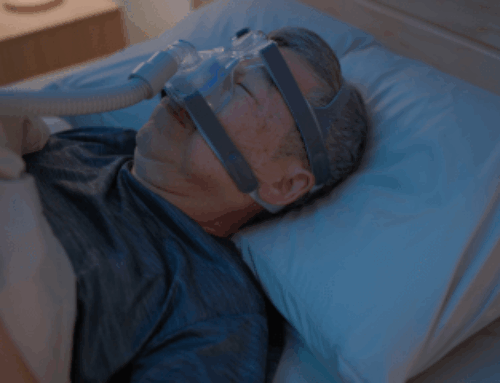Articles published in the past year in the Journal of Clinical Sleep Medicine captured the attention of the scientific and medical communities, as well as the media and the general public. The following papers published in 2018 received the most pageviews on the website of JCSM, which is published by the American Academy of Sleep Medicine:
- Position Paper for the Treatment of Nightmare Disorder in Adults: An American Academy of Sleep Medicine Position Paper
Morgenthaler TI, Auerbach S, Casey KR, Kristo D, Maganti R, Ramar K, Zak R, Kartje R
This paper provides the AASM position regarding various treatments of nightmare disorder in adults. - Use of Actigraphy for the Evaluation of Sleep Disorders and Circadian Rhythm Sleep-Wake Disorders: An American Academy of Sleep Medicine Clinical Practice Guideline
Smith MT, McCrae CS, Cheung J, Martin JL, Harrod CG, Heald JL, Carden KA
This AASM paper established clinical practice recommendations for the use of actigraphy in adult and pediatric patients with suspected or diagnosed sleep disorders or circadian rhythm sleep-wake disorders. - Medical Cannabis and the Treatment of Obstructive Sleep Apnea: An American Academy of Sleep Medicine Position Statement
Ramar K, Rosen IM, Kirsch DB, et al.
This statement presents the AASM position that medical cannabis and/or its synthetic extracts should not be used for the treatment of OSA due to unreliable delivery methods and insufficient evidence of effectiveness, tolerability, and safety. - Insomnia in the Elderly: A Review
Patel D, Steinberg J, Patel P
According to this review, the most important aspect in evaluation of insomnia is detailed history taking and thorough physical examination. Nonpharmacological treatment options have favorable and enduring benefits compared to pharmacological therapy. - Consumer Sleep Technology: An American Academy of Sleep Medicine Position Statement
Khosla S, Deak MC, Gault D, et al.
This AASM position statement details the disadvantages and potential benefits of consumer sleep technology (CST) and provides guidance when approaching patient-generated health data from CSTs in a clinical setting. - Polysomnography for Obstructive Sleep Apnea Should Include Arousal-Based Scoring: An American Academy of Sleep Medicine Position Statement
Malhotra RK, Kirsch DB, Kristo DA, et al.
This AASM position statement emphasizes the importance of using arousal-based scoring of respiratory events when evaluating patients suspected of having OSA. - Comparing the Efficacy, Mask Leak, Patient Adherence, and Patient Preference of Three Different CPAP Interfaces to Treat Moderate-Severe Obstructive Sleep Apnea
Rowland S, Aiyappan V, Hennessy C, Catcheside P, Chai-Coezter CL, McEvoy RD, Antic NA
CPAP adherence did not differ between the three different mask interfaces but the residual AHI was lower with nasal mask than oronasal mask and patients reported greater mask comfort, better sleep, and overall preference for a nasal mask. - Nonadherence to CPAP Associated with Increased 30-Day Hospital Readmissions
Truong KK, De Jardin R, Massoudi N, Hashemzadeh M, Jafari B
Nonadherence to CPAP is associated with increased 30-day all-cause and cardiovascular-cause readmission in patients with OSA. - The MSLT is Repeatable in Narcolepsy Type 1 But Not Narcolepsy Type 2: A Retrospective Patient Study
Ruoff C, Pizza F, Trotti LM, et al.
MSLT criterion for narcolepsy in a clinical sample is a more repeatable and stable finding in narcolepsy type 1 than narcolepsy type 2, and narcolepsy type 2 is not more repeatable than controls. - Smartphone Applications to Support Sleep Self-Management: Review and Evaluation
Choi YK, Demiris G, Lin SY, et al.
The findings suggest that few apps meet prespecified criteria for quality, content, and functionality for sleep self-management.





